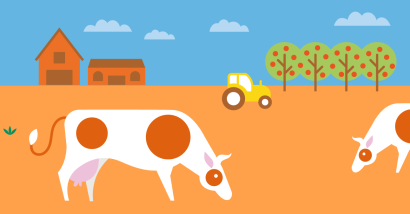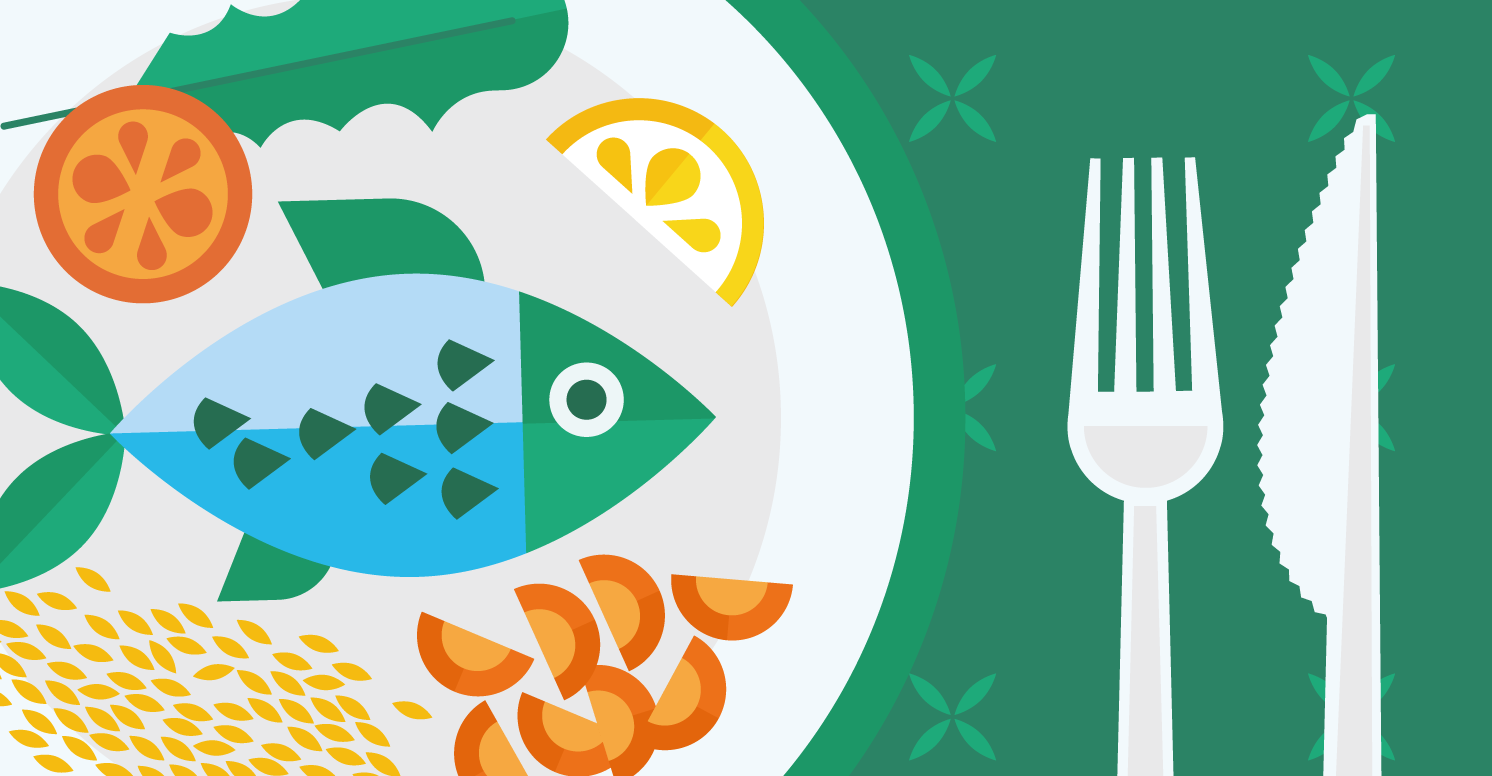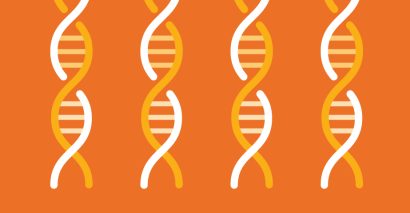The potential impact of animal diseases on food safety
Last Updated : 01 January 2006Public concerns over food safety are heightened during outbreaks of any disease in food-producing animals. Some of these diseases, however, have few or no implications for the human food chain. Others may carry a potential risk of foodborne transmission, but their impact on human health can be minimised through a combination of animal health control measures and food hygiene practices.
Zoonoses are infectious diseases that can be transmitted from animals to man. A range of infectious agents or pathogens may be involved, including bacteria, viruses, toxins, parasites and other 'unconventional' agents, such as the prion protein that is thought to be responsible for bovine spongiform encephalopathy (BSE) in cattle. Although humans may acquire zoonoses through a number of different routes, infections that are transmitted in food and water are of particular concern, and are an important cause of illness in both developing and developed countries.
How can food be contaminated?
Food may be contaminated with zoonotic pathogens in a number of ways. If an animal is affected by a particular disease, tissues from the animal, including its meat or milk, are a potential source of human infection if allowed to enter the food chain.
More commonly, however, animals can be infected with zoonotic pathogens but show little or no signs of clinical disease. These 'carrier' animals are more difficult to detect either on the farm or at the slaughterhouse, so eradication is more of a problem. Many of these organisms live in the intestinal tract of healthy animals and can spread to humans through faecal contamination of the environment or of products such as milk during milking or eggs during laying. In addition, small amounts of intestinal contents may contaminate the carcass after slaughter and be present on raw meat.
Cross-contamination of other foods can occur if they come into contact with a contaminated product either directly, during storage or preparation, or indirectly via humans, work surfaces, utensils or other objects. Fruit or vegetables that have been irrigated or washed in untreated water that is contaminated with animal faeces can also be a source of human infection.
Control measures
In developed countries, potential risks associated with foodborne pathogens are minimised through stringent animal health control measures. These are aimed at eradication of zoonotic diseases within the animal population and at ensuring food safety through the prevention of contamination at all stages of the food supply chain.
Countries within the EU, for example, are required to have in place a robust system for testing and control of certain diseases in animals, including tuberculosis, brucellosis and BSE. Affected animals are slaughtered and there are restrictions on the movement of in-contact animals. Regulations also prevent the use of infected animals for human consumption. Milk from cows with an udder infection, for example, cannot be sold or delivered to the dairy plant. At the slaughterhouse, all animals must undergo veterinary inspection before being allowed to enter the premises. Throughout the slaughter process, meat inspection procedures are carried out by trained personnel to identify signs of disease in the carcass. Needless to say, any deviation from normality leads to rejection of the carcass for further use.
Food hygiene standards are also applied at critical points throughout the entire food production process from farm to fork. Within the EU, verification that food safety regulations are being enforced is carried out by inspectors from the Food and Veterinary Office. They carry out spot checks at the premises of producers, slaughterhouses and processing plants, both within and outside the EU.
A shared responsibility
Food safety is a shared responsibility of everyone involved from farm to fork. Although food safety is a high priority throughout the food chain to the point of purchase, food safety and hygiene measures are even more important during the storage, handling and preparation at home. Consumers must therefore share the responsibility for ensuring food safety within the home and follow a few simple procedures to minimise the risk of foodborne disease. These may be summarised according to the WHO's 'Five Keys to Safer Food' strategy:
- Keep food preparation areas and equipment clean and wash hands thoroughly before preparing or eating food.
- Separate raw and cooked food both in storage and during preparation.
- Cook meat thoroughly at temperatures above 70ºC to destroy dangerous microorganisms.
- Keep food at safe temperatures, below 5ºC or above 60ºC, to inhibit the growth of microorganisms.
- Use safe water and raw materials, avoiding the consumption of raw meat or eggs, unpasteurised milk and untreated water.
For more information
- European Commission food safety section:
https://ec.europa.eu/food/overview_en - WHO food safety section:
http://www.who.int/foodsafety/en/



